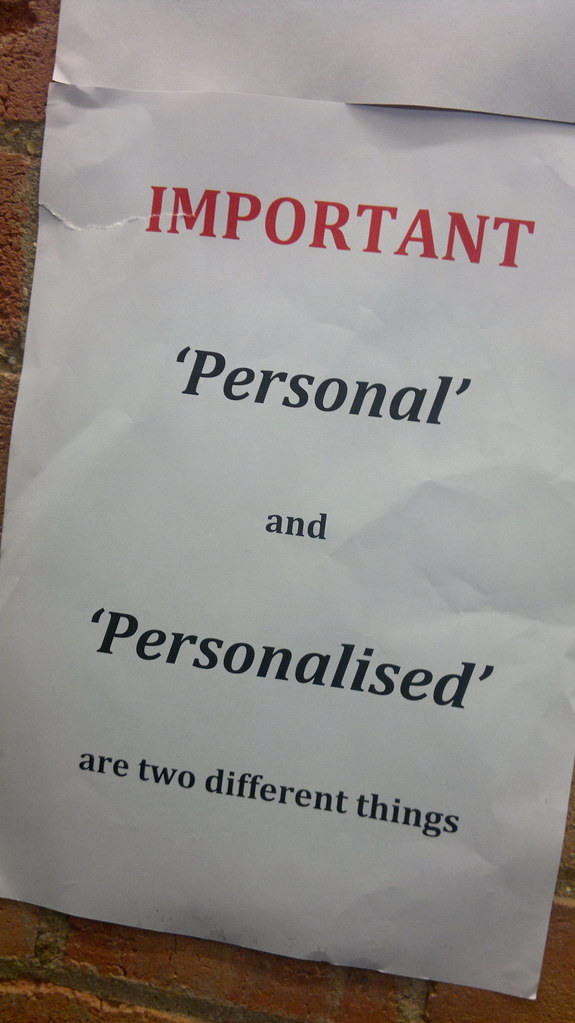Trawling through slideshare this morning, I stumbled across this Facebook deck from Ogilvy –
While some of the larger numbers within will be of no surprise to the more savvy social media practitioner, what’s interesting here is the idea that Facebook fan pages and ‘likes’ are the ‘new word of mouth’ [see slide 25] with stats like:
- 160% lift in brand recall
- 200% lift in message awareness
- 400% life in purchase intent
The numbers speak for themselves. But personally, if brands really are ‘reorganizing themselves around people’ then:
- How does that manifest itself in an offline environment? It’s all well and good having a fantastically engaging fanpage, but if your member of staff at the point of sale is completely unplugged from your social media department, then your customer experience falls flat at the part that matters most.
- How long do you think the 3rd party platforms being used to support these efforts will continue to do so free of charge? Yes, they make money from advertising, but will that really and truly always be the case? What happens when the well runs dry?
- Finally, here at the ‘heads we manage some of the largest (and most vibrant) local and global Facebook groups in the world. If brands are continually seeing the success like that laid out above, then a larger education piece needs to be undertaken in pushing these wins out to the common man/brand. Here in London’s Soho, nearly all of the coffee shops and lunch houses can be found on Twitter, Facebook and Foursquare, but what I want to know is; how do you get your local corner shop involved? Where are the wins there?
We have a running, semi-serious joke in the office that our ideal client would be a toilet roll brand. Social media works well within the technology products space, FMCG sees many successes too… But if you can get people talking (and subsequently build communities) around say, the latest velvet-quilted roll of loo paper…
Then the future is here and literally, anything is possible.








